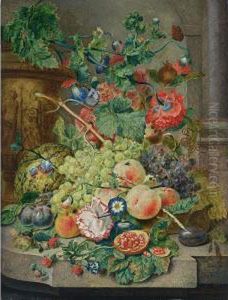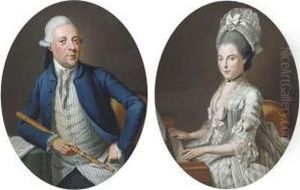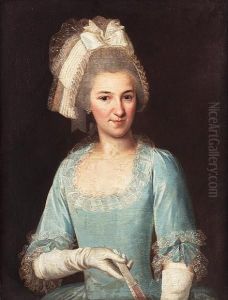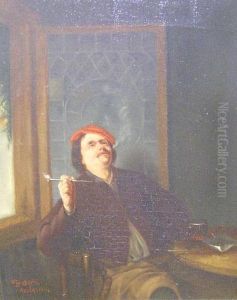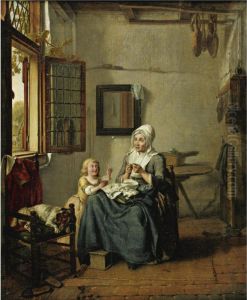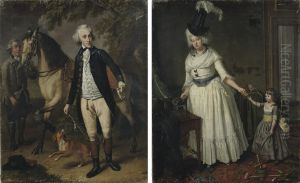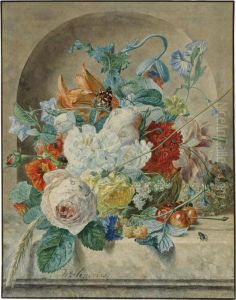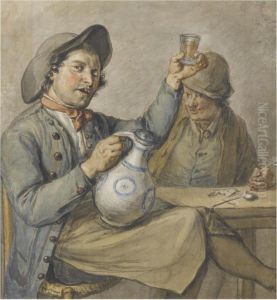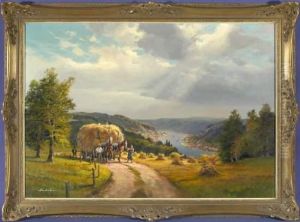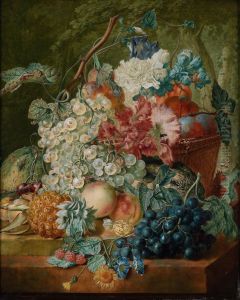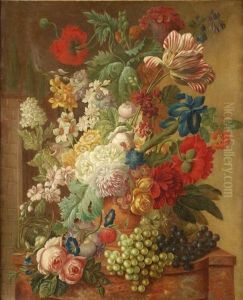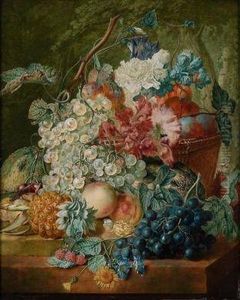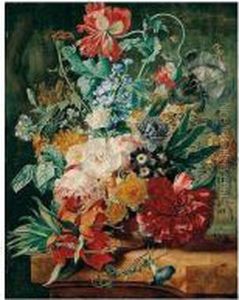Wijbrand Hendriks Paintings
Wijbrand Hendriks, born in 1744 in Amsterdam, was a notable Dutch artist whose contributions to art history are recognized through his detailed paintings and role as a custodian of art collections. His life spanned the late Baroque period transitioning into the early Romantic era, reflecting in the evolving styles of his artwork. Hendriks' early life was marked by his apprenticeship under notable painters in Amsterdam, which honed his skills in detailed landscape and interior scenes, a common theme throughout his career.
In the latter half of the 18th century, Hendriks moved to Haarlem, a city renowned for its vibrant art scene, contributing significantly to his artistic development. It was here that he became involved with the Teylers Museum, one of the oldest museums in the Netherlands, known for its collection of art, natural history, and scientific instruments. Hendriks' association with Teylers Museum, starting in 1785 and lasting until his death in 1831, was pivotal. He served not only as a caretaker but also contributed to the museum's collection, demonstrating his deep commitment to the preservation and appreciation of art.
Throughout his career, Hendriks produced a vast array of works, including genre scenes, landscapes, and portraits. His paintings are characterized by meticulous attention to detail and a keen observation of light and shadow, qualities that have drawn comparisons to the works of his contemporaries in the Dutch Golden Age of painting. Despite the high quality of his work, Hendriks did not achieve the same level of fame as some of his peers during his lifetime. However, his contributions to the Teylers Museum and his role in the art community in Haarlem have cemented his legacy in the annals of Dutch art history.
Wijbrand Hendriks' death in 1831 marked the end of an era for the Teylers Museum and the city of Haarlem. His dedication to art and its preservation has left an indelible mark, ensuring his place among the respected artists of his time. Today, his works are studied for their technical proficiency and historical value, offering insights into the artistic and cultural milieu of the Netherlands in the late 18th and early 19th centuries.

